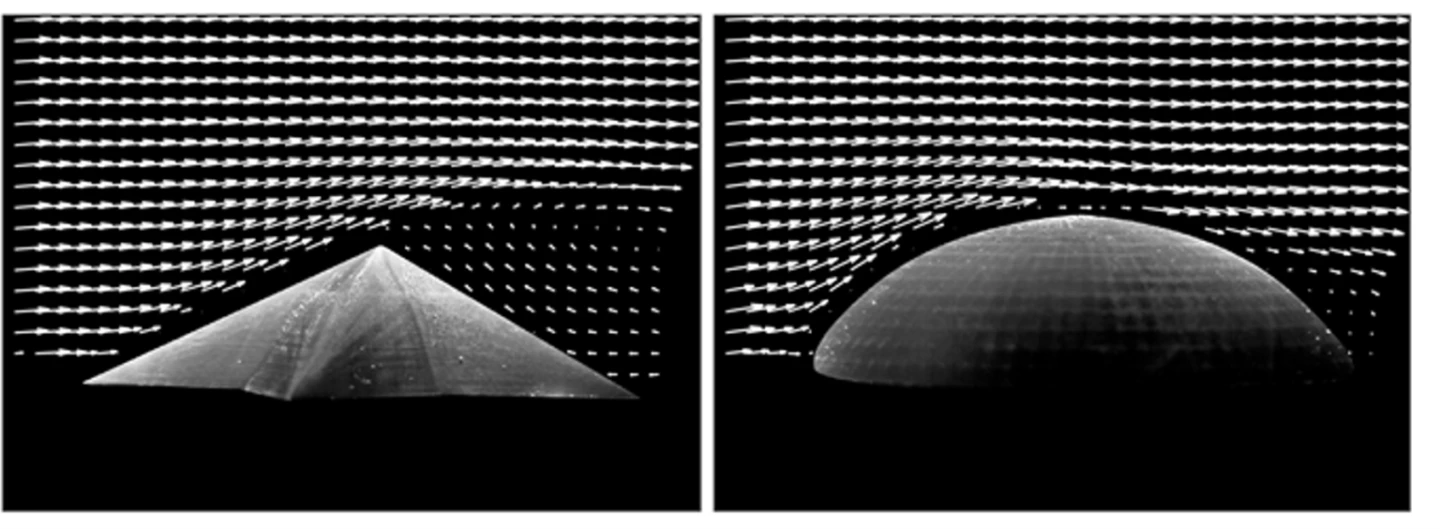Things can get very chaotic on the ocean floor, making it difficult for underwater robots to keep from being swept away. New research, however, suggests that by copying the structure of the starfish, they could actually be pressed into place.
Starfish – or sea stars – are commonly seen clinging to rocks in the rough intertidal zone. The numerous suction-cup feet on their underside certainly help keep them secure, but it turns out that their body shape also plays an important role.
In tests carried out at the University of Southern California's Viterbi School of Engineering, starfish-shaped 3D-printed models were placed on the bottom of water tanks, then subjected to wave action. It was found that their triangular wedge shape acted like a ramp, causing water flowing in from the sides to be diverted upwards.
"As the sea star pushes the flow away, the flow creates an equal and opposite force that pushes down on the sea star," says Dr. Mitul Luhar, who is leading the study along with doctoral student Mark Hermes. "A cone or sphere does not create that same 'ramp effect,' and thus does not create a similar downforce."

In fact, it was discovered that water flows up one side of a cone or spherical dome then down the other, ultimately creating a lifting effect. This is not the case with starfish, which maximize their shape advantage by flattening their bodies when subjected to strong currents.
It is now hoped that in the future, soft-bodied underwater robots could likewise change their shape as required, temporarily taking on a flattened starfish-like form in order to withstand rough conditions.
"If we can take advantage of the surrounding environment instead of battling it, we can generate efficiency and performance gains," says Luhar.
The research is described in a paper published in the journal Scientific Reports.





